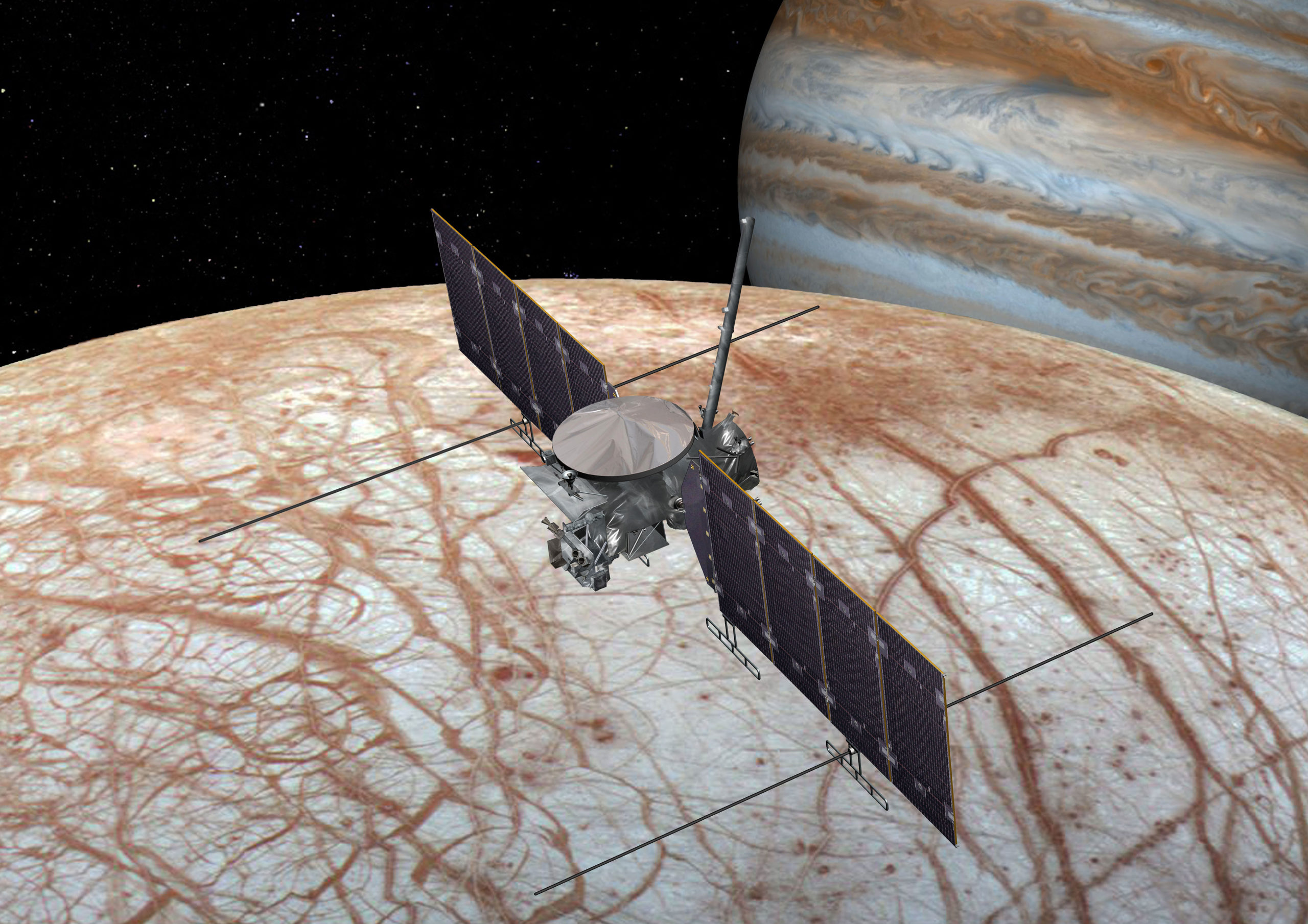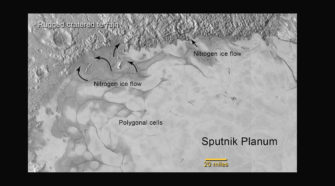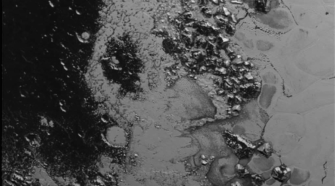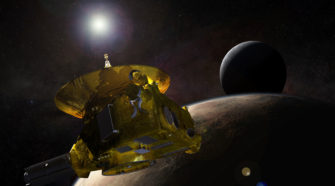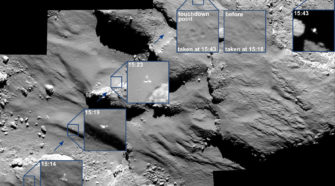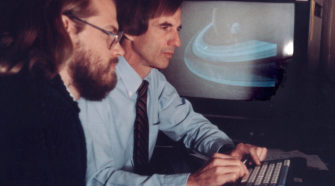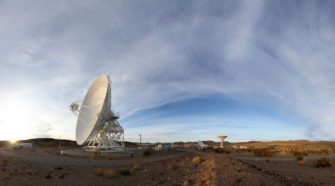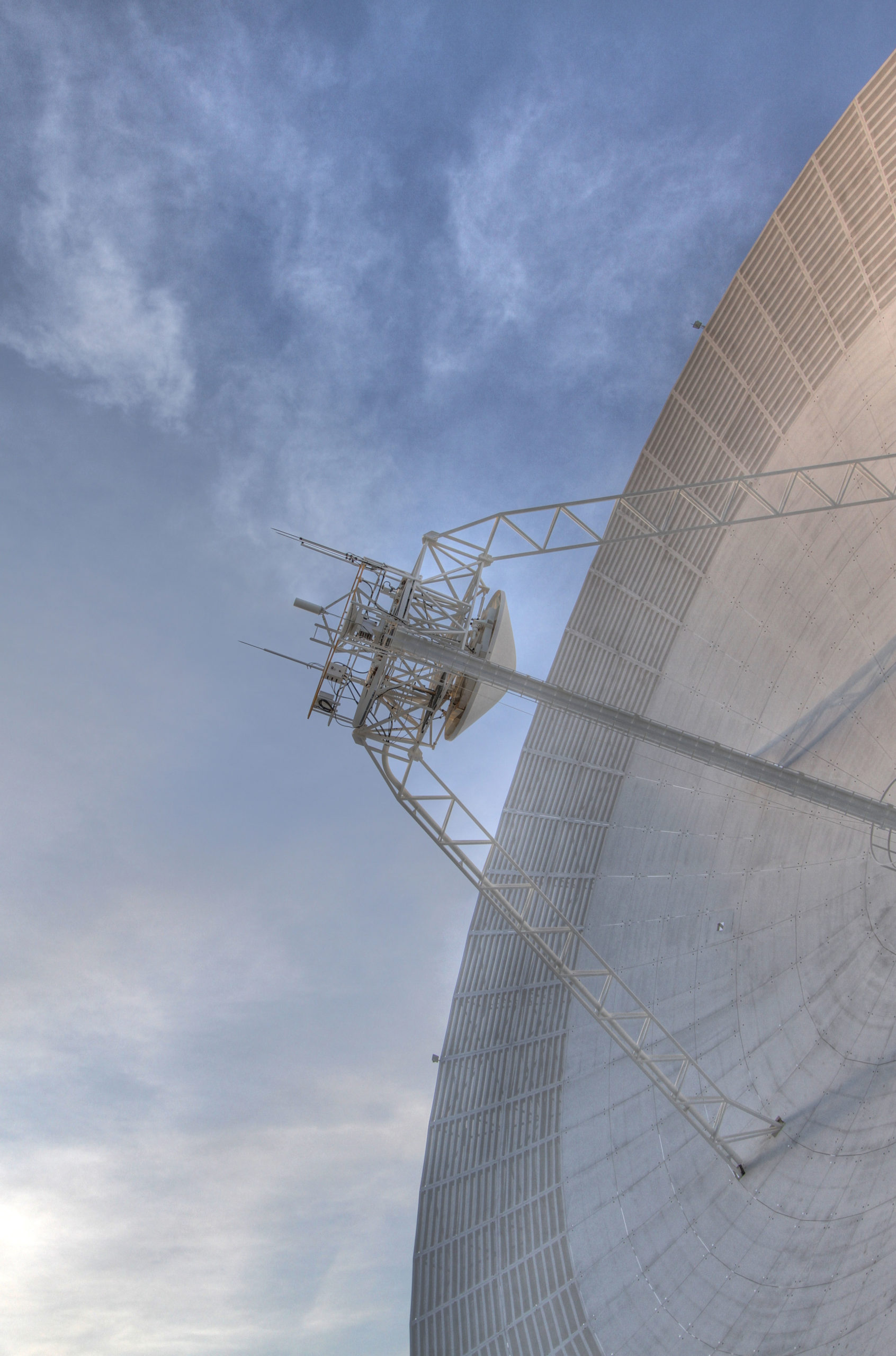Solar System
Myth, mystery and measurement onboard Juno
After traveling for five years, three Lego minfigs from Earth reached the planet Jupiter this summer. Traveling onboard a spacecraft named Juno, these are the first Lego minifigs to visit the largest planet in our solar system. Specially made from aluminum, they are designed be able to withstand the volatile conditions for 37 planned orbits …
Life on a moon? Exploring Europa
On a clear night, you can see the planet Jupiter with nothing more than your eyes, as it shines steady and bright against the background of glittering stars. If you take a closer look through a telescope, you can see tiny specks surrounding it. What if I told you that there may be life on …
Flowing ice and atmospheric haze discovered on Pluto
Flowing ice and a surprising extended haze are among the newest discoveries from NASA’s New Horizons mission, which reveal distant Pluto to be an icy world of wonders. “We knew that a mission to Pluto would bring some surprises, and now — 10 days after closest approach — we can say that our expectation has …
New Horizons unveils Pluto and its moons
After traveling more than three billion miles during a nine-and-a-half year journey, the New Horizons spacecraft has made a successful investigative flyby of Pluto. With the achievement, the United States via NASA has become the first country to send a spacecraft to all nine of the classical planets of our solar system. Yes, we said nine, not …
New Horizons: Pluto garners the spotlight
Nine years ago, in 2006, NASA launched the New Horizons spacecraft to the outer reaches of the Solar System in order to study the Pluto system. New Horizons is the fastest spacecraft ever launched, and has traveled more than three billion miles to reach its primary target: Pluto. The flyby of the Pluto system on …
Philae bounces into history books
The European Space Agency (ESA) led Rosetta mission, made history this past year, and, captured the attention of people around the world as it became the first to orbit and land on a comet. The spacecraft achieved its goal after deploying a washing machine-sized lander onto the surface of Comet 67P/Churyumov-Gerasimenko on Nov. 12. The …
Exploring the Dawn of the solar system
As we celebrate the tenth anniversary of Huygens’ descent to the surface of Saturn’s giant satellite Titan, humanity’s first landing on an outer solar system moon, and the continuing success of its parent craft Cassini, we look forward to an extraordinary year of robotic solar system exploration in 2015, and one which should bring new …
Charley Kohlhase has been our ambassador to the planets
Charley Kohlhase officially ‘retired’ from NASA’s Jet Propulsion Laboratory in 1998. At his retirement party, a recording was played of Carl Sagan, who had died two years previously. ‘…. His voice suddenly, pleasingly rang through the room. From the afterlife, Sagan implored, “Charley Kohlhase’s name should be as well known as Michael Jordan’s!”’ (from ‘Ambassadors …
Deep Space Network: Finding the signal for 50 years
Robotic missions exploring our solar system have wowed the world with their discoveries and especially the images they return. But even the most sophisticated spacecraft is useless until the science and engineering it gathers makes it back to Earth. NASA’s one of a kind collection of massive dishes around the world makes that possible. The …
Eight essential facts about NASA’s Deep Space Network
1) As the World Turns: The DSN is Earth’s only global spacecraft communication network The Deep Space Network has three facilities – at Goldstone, Calif.; near Madrid, Spain; and Canberra, Australia, all with multiple parabolic dish antennas, including one dish each that is 230 feet (70 meters) across. Located about 120 degrees apart around Earth, the …


